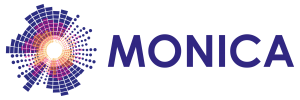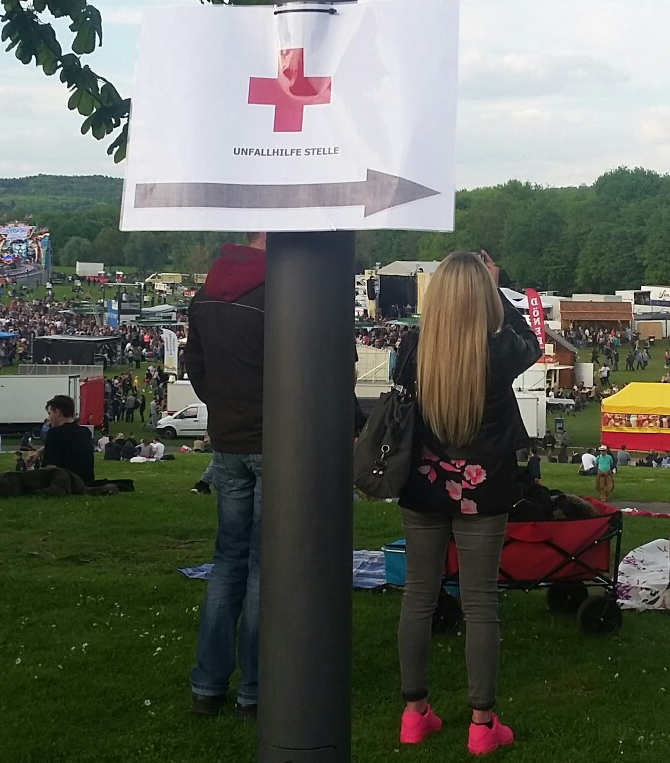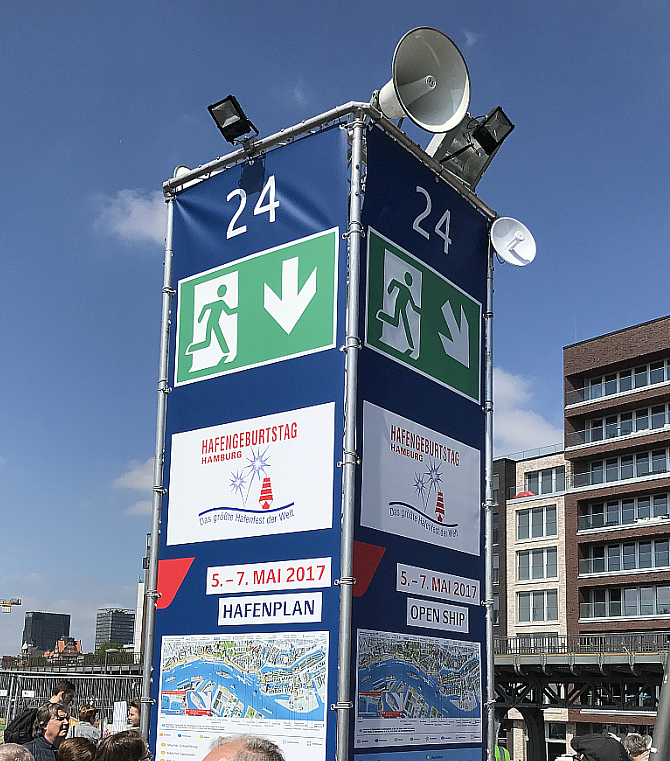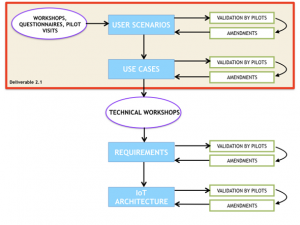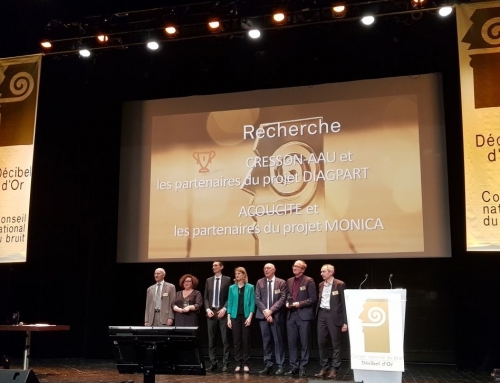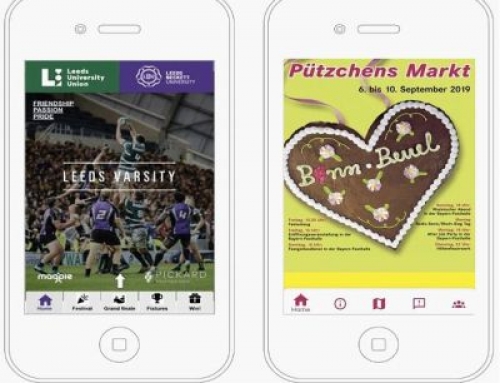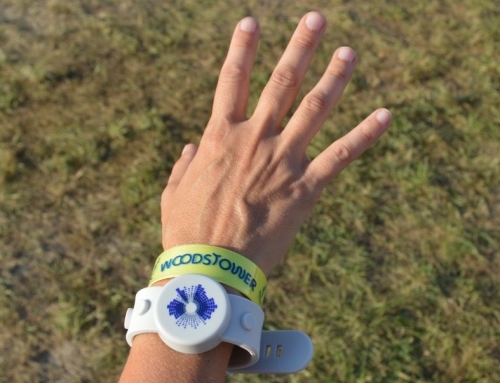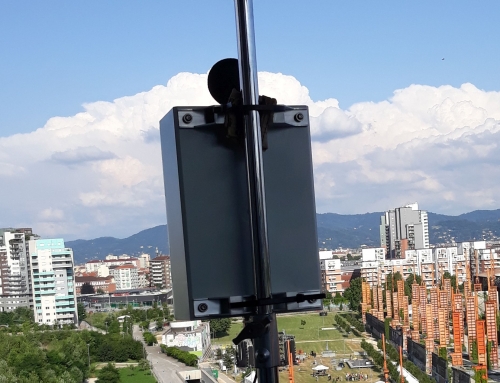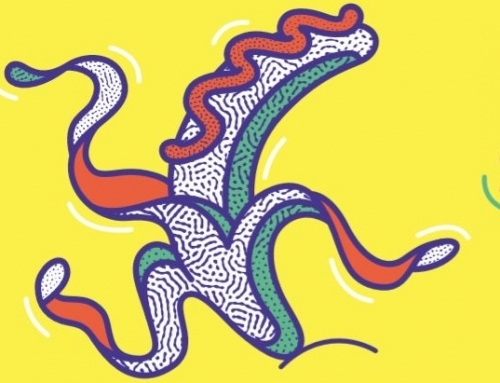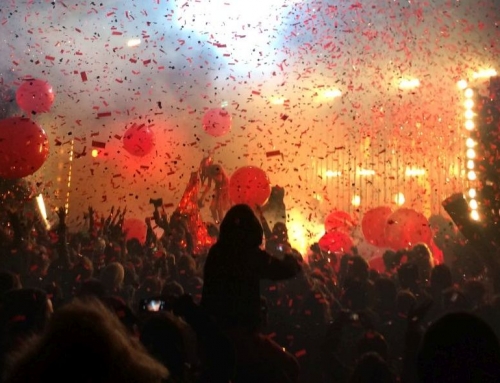Meetings and workshops with key stakeholders have resulted in 70 scenarios and thirteen overall use cases for the MONICA platform and its applications. The next step is to choose the most relevant ones and define the corresponding requirements for the technical system.
A first step in designing the MONICA technological platform is to identify the user needs that the six pilot cities have in relation to the management of events. What are the challenges and interests? Who are the stakeholders? What functions should the system have?
Then, the next step is to transfer these needs into technical requirements for the platform and its applications. As such, the requirements are the primary drivers for the technological work in MONICA.
Step one: Scenarios
So far, the project has conducted meetings, workshops and focus groups with central stakeholders, supplemented by field visits to each city and its chosen events. The purpose has been to establish the current framework of the events and elicit the needs. Here, the event organisers and local authorities in MONICA have contributed with a major part of the domain knowledge.
Subsequently, the results from these activities have been used to formulate scenarios for each pilot event. A scenario depicts the “as-is” situation for a particular event and describes the current process and the use of solutions and technology that are currently available. Consequently, it is a useful tool for sketching the scene and its actors since this can reveal relevant requirements for the use of technology.
In total, MONICA has developed 70 scenario descriptions for security and sound management in relation to the following events: Pützchens Markt and Rhein in Flammen in Bonn; Friday Rock concerts in Tivoli Copenhagen; Port Anniversary and Hamburger DOM in Hamburg; cricket and rugby games at Headingly Carnegie Stadium in Leeds; Fête des Lumiéres and Nuits Sonores in Lyon and Kappa FuturFestival and Movida in Turin.
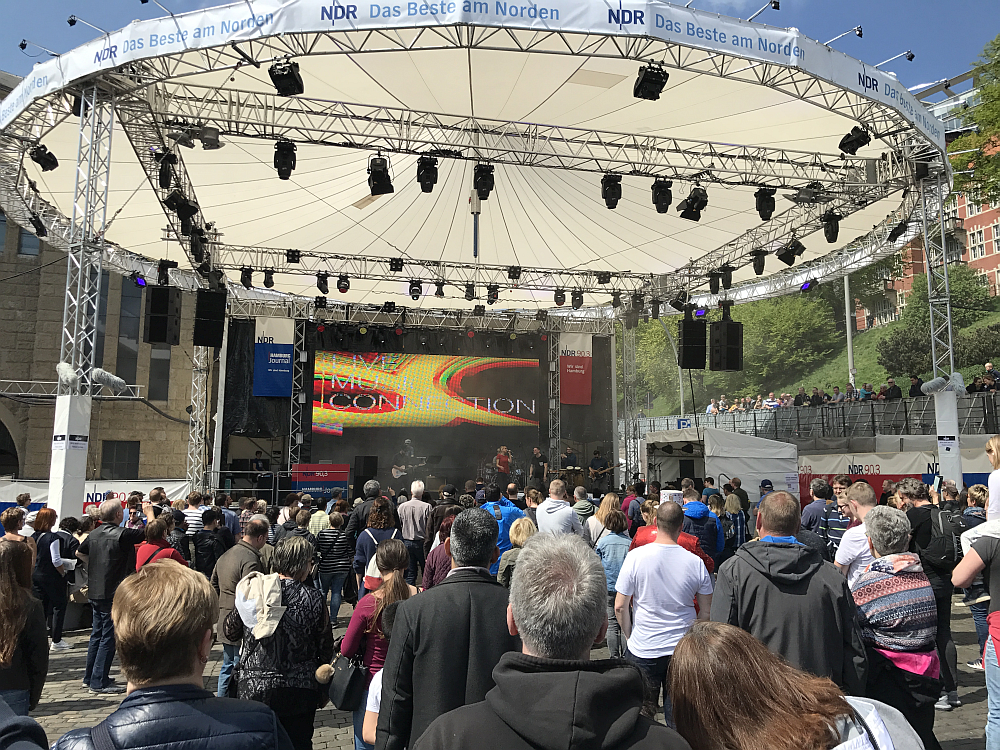
Step two: Use cases
After this process, the project has derived thirteen overall use cases from the scenarios. Basically, a use case is a list of steps, typically defining interactions between the actors and the system in order to achieve a goal. The involved actors can be human or an external system. Usually, use cases are used at a high level, representing missions or stakeholder goals. As opposed to the scenarios, the use cases are generic and not limited to any specific technological solution.
The use cases in MONICA cover the following interactions: sound monitoring and control, crowd and capacity monitoring, access control, security incidents, health incidents, technical incidents, locating staff, missing person, complaints, offences, evacuation, traffic and event information.
Step three: Requirements
MONICA will now start the process of eliciting requirements from the use cases. Requirements can pertain to functions of the system (functional requirements) or relate to quality attributes of the system (non-functional requirements). However, before doing this, MONICA will first select the most relevant scenarios since not all are equally feasible:
– The MONICA scenarios are the result of a thorough investigation of all the relevant stakeholders and processes that were encountered during the various workshops. However, some of the scenarios might not be relevant for MONICA or are not feasible for implementation due to technical and/or business constraints. So, the next step will be to categorise them according to relevance and feasibility and create detailed, generic use cases of which requirements can be derived, explains Nathalie Frey, Project Manager at Dexels BV, who is leading the requirements work in MONICA.
The technology providers in MONICA play a vital role in reaching a complete and feasible set of requirements based on both domain knowledge and available technology:
– The requirements should give the technical partners enough food-for-thought to design various technical solutions based on each of the partner’s expertise and the given use cases. Consequently, various technical solutions will probably emerge due to the fact that each technical partner has its own focus. For example, “detecting a fight” can be implemented by using cameras, wristbands, mobile apps, and even noise monitors. And “finding a person” can be implemented using cameras, wristbands or mobile apps. Even combinations of technologies can be valid technical solutions, concludes Nathalie Frey.
A set of initial requirements will be ready in February 2018, followed by a final set in February 2019.
Read more
You can read more about the MONICA scenarios and use cases in the deliverable D2.1 Scenarios and use cases for use of IoT platforms in event management which we will make public once it has been approved by the European Commission.
Read more about the different work packages in MONICA.
